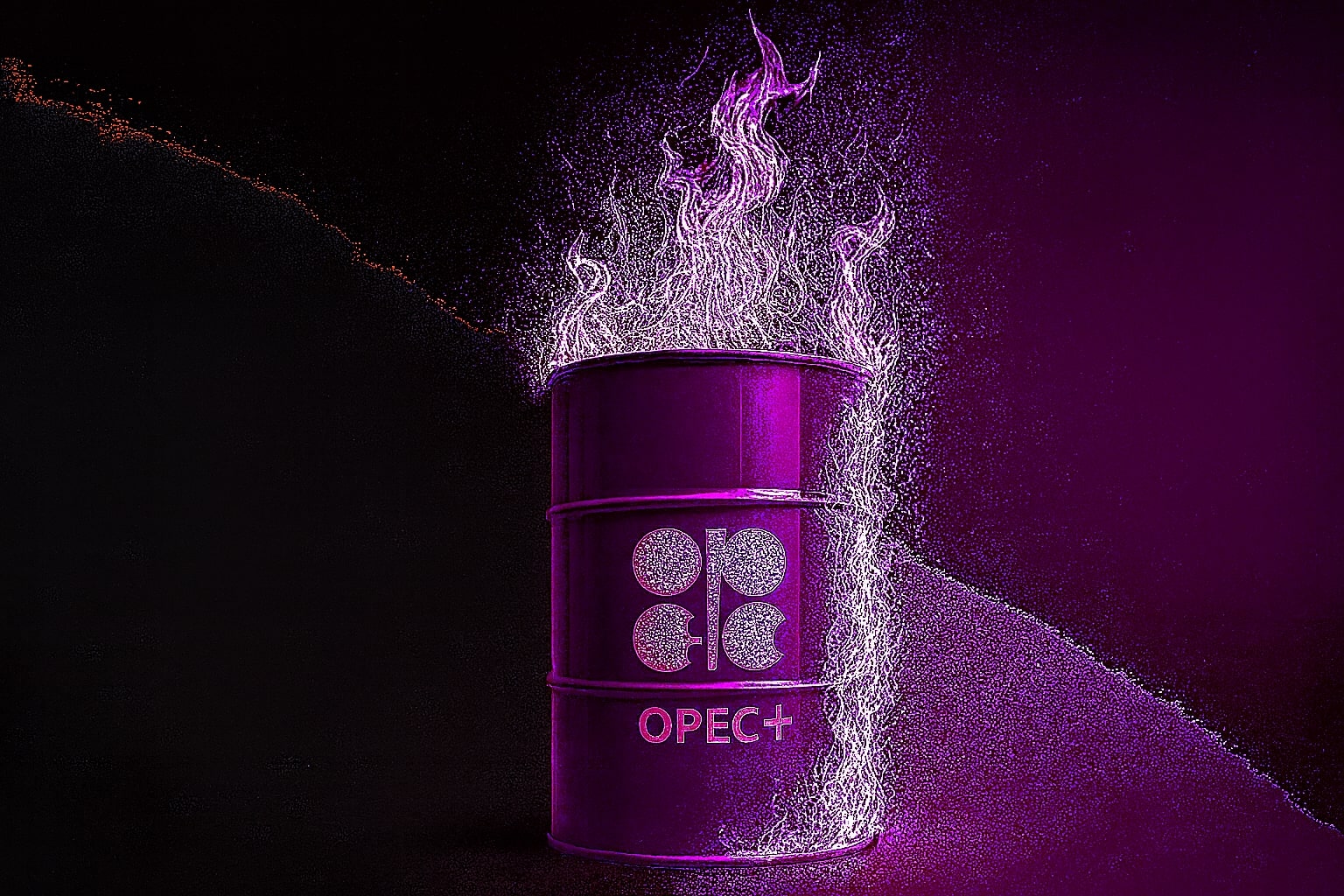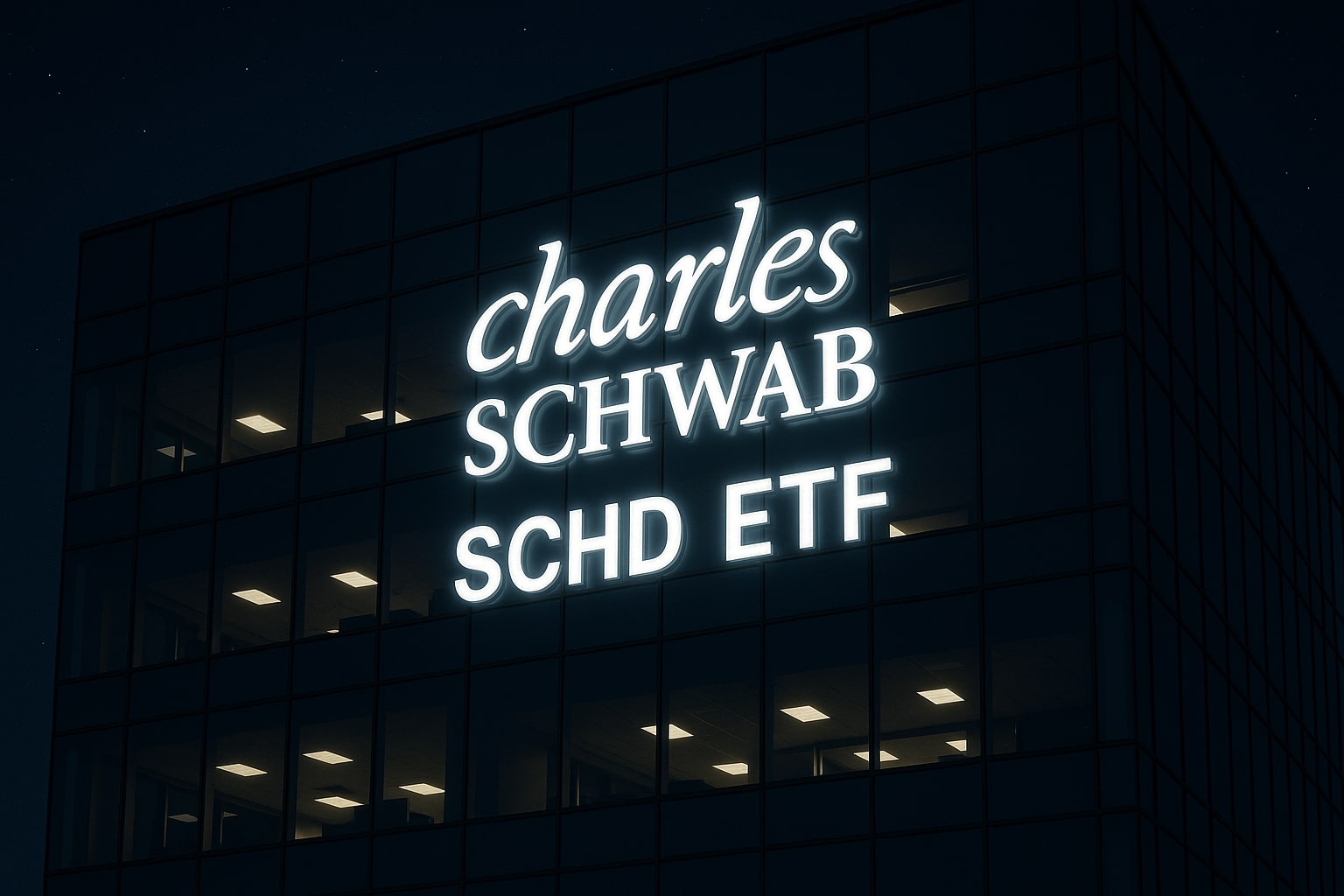
Natural Gas Price: U.S. Henry Hub Holds at $3.08/MMBtu as Türkiye Spot Falls to $352 per 1,000 m³
Heavy U.S. pipeline inflows and surging LNG export infrastructure offset Türkiye’s 15% plunge in spot market trading value to $366K | That's TradingNEWS
Global Natural Gas Landscape
Across continents, natural gas markets are navigating a complex interplay of supply gluts, export ambitions, and shifting consumption patterns. Türkiye’s spot market shows local volatility, U.S. producers face export-driven price pressure, and midstream operators attract fresh analyst enthusiasm. For NG=F futures traders, these dynamics translate into looming inventory builds, seasonal demand swings, and geopolitical leverage that will define your entry and exit points.
Spot Market Turbulence in Türkiye
Türkiye’s Energy Exchange Istanbul reports that on August 2 the cost of 1,000 cubic meters on the spot market settled at 14,316.01 Turkish liras, while trade volume fell 15.1% to 14.86 million liras. Cumulative turnover hit 1.03 million cubic meters, down sharply from Friday’s 17.5 million liras. Pipeline inflows into Türkiye stood at 136.73 million cubic meters on Saturday, underscoring how regional import dependency—at roughly 40 billion cubic meters annually—remains exposed to Russian and Azerbaijani flows. With USD/TRY at 40.64 midday Sunday, these local price swings carry significant currency risk for global buyers.
U.S. Supply Surge Meets Export Demand
Back in the Gulf Coast, that “drill, baby, drill” ethos has transformed the United States into the world’s leading LNG exporter. Federal data show domestic gas production surging past 100 billion cubic feet per day, even as storage builds outpace seasonal demand. The Energy Information Administration now projects U.S. gas prices more than doubling into 2026, driven by record-breaking LNG capacity expansions—set to account for one-third of global export capacity by 2030. Japan’s Jera has ramped its U.S. gas mix from 10% to nearly 30%, while new trade accords with Korea and Thailand lock in multibillion-cubic-meter offtake commitments. Yet that export bonanza is feeding back into domestic markets, keeping NG=F futures anchored above $3.50/MMBtu and threatening further upside if Asian winter demand surprises.
Pipeline Midstream Dynamics and Analyst Upgrades
Midstream infrastructure is the critical artery in this story. DT Midstream (NYSE:DTM) received an “Overweight” reaffirmation from Wells Fargo’s Michael Blum, who lifted his price target to $117—a rise of 8.3%—citing robust fee-based pipeline, storage, and gathering fee inflows across the Midwest, Gulf Coast, and Eastern Canada. Morgan Stanley, Barclays, and Stifel have likewise nudged their targets higher into the $108–$115 range. With DTM’s June quarter EPS of $1.04 beating consensus by $0.06, and operating cash flows running 5–10% above year-ago levels, midstream cash yields look poised to outshine volatile spot margins.
Infrastructure Investment and CapEx Pressures
Upstream explorers are also reshaping their capital plans to weather price swings. Civitas Resources (NYSE:CIVI) cut 2025 capex by $150 million versus last year and envisions $100 million in annual free cash-flow boosts from cost-optimization measures. Its North America natural gas production—70% liquids-rich in the Permian—is sustaining double-digit volume growth, even as spot prices oscillate between $3.00 and $4.50/MMBtu. Investors who chase that yield must accept margin volatility: Q3 forecasts target $15.5–$20.5 billion in operating income, implying flat to mid-single-digit growth in midstream EBITDA even as depreciation schedules shorten and facility operating costs climb.
Technical Outlook for NG=F Futures
Natural gas futures (NG=F) have traced a rising channel since June, finding support at the 50-day moving average near $3.60/MMBtu and resistance around $4.10. With last week’s stalling breakout and prompt month contango at $0.30, calendar spreads are signaling traders expect a late-year storage surplus. The key EIA storage report due Thursday could spark a 10–15 cent move if builds exceed 80 bcf. RSI at 55 suggests room for further consolidation, while MACD remains bullish above zero. Seasonals point to an October draw, presenting a tactical buying window ahead of the winter heating season.
Given the confluence of record export capacity, elevated domestic storage builds, and midstream earnings resilience, NG=F appears range-bound in the $3.50 to $4.25 corridor until late autumn. The strongest risk-reward lies in adding on dips near $3.60 with stops below $3.50 and scaling back around $4.10. For those seeking directional exposure, we assess Natural Gas futures as a hold with a bias to buy into weakness, given the structural upside from export-led demand and seasonal draws ahead.
That's TradingNEWS
Read More
-
SCHD ETF Price at $27: Can SCHD’s 4% Yield and 9.15% Dividend Growth Beat High-Yield Covered Call ETFs?
15.12.2025 · TradingNEWS ArchiveStocks
-
XRP ETFs Close on $1B Inflows as XRPI at $10.92 and XRPR at $15.52 Hit 52-Week Lows
15.12.2025 · TradingNEWS ArchiveCrypto
-
Natural Gas Price Forecast: NG=F Holds the $4 Floor as Oversupply Clashes with 2026 LNG Demand
15.12.2025 · TradingNEWS ArchiveCommodities
-
USD/JPY Price Forecast - Dollar to Yen At 155: Yen Strength Builds As BoJ Hike And NFP Collide
15.12.2025 · TradingNEWS ArchiveForex



















